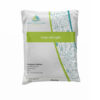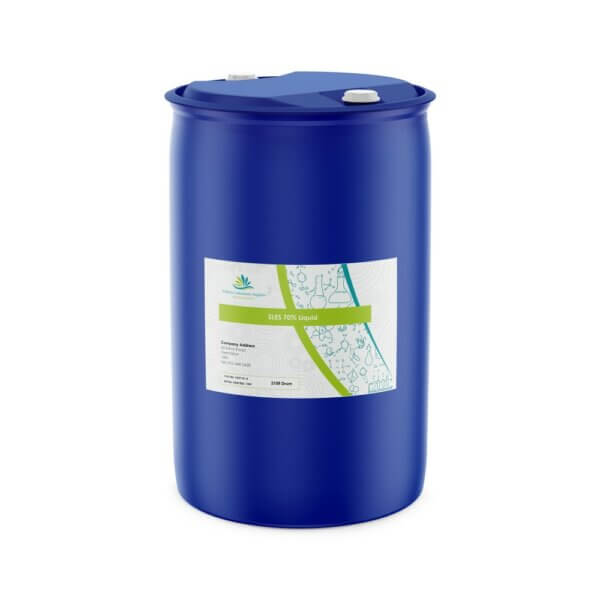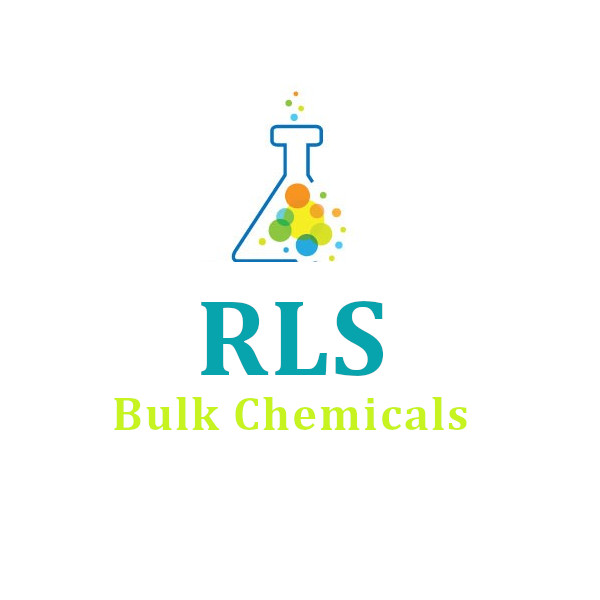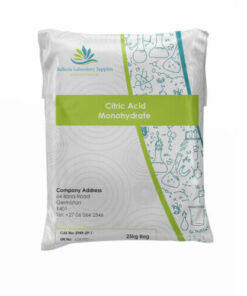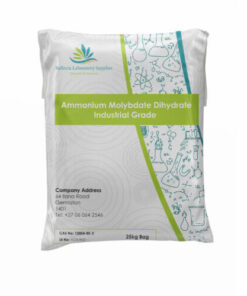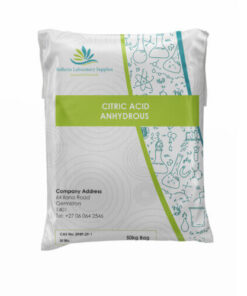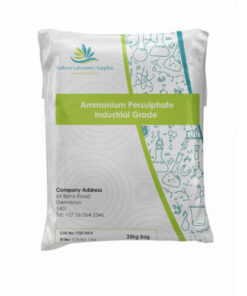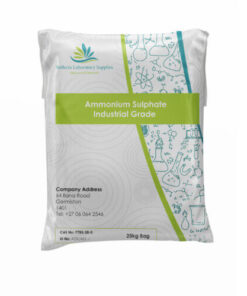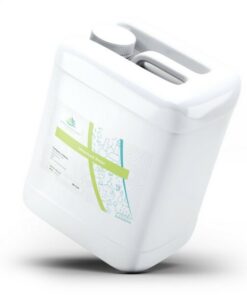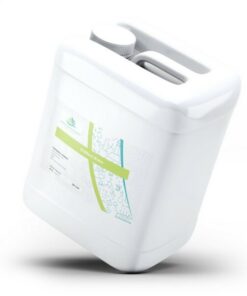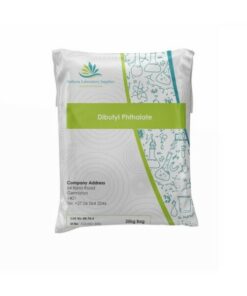Soda Ash Dense 25 kg
R614.38 Ex VAT
CAS Number:497-19-8 Synonyms: Calcined Soda, Carbonic Acid Disodium Salt, Soda Ash, Disodium Carbonate
1. CHEMICAL PRODUCT AND COMPANY IDENTIFICATION Product: SODA ASH DENSE Synonym: Sodium Carbonate Anhydrous, Soda Ash, Dense Soda Ash, Heavy Soda Ash… Molecular formula: Na2CO3 Molecular weight: 105.99 2. HAZARDS IDENTIFICATION EMERGENCY OVERVIEW: White, odorless, granular solid. Product is non-combustible. Reacts with acids to release carbon dioxide gas and heat. Irritating to the eyes and continuous contact may irritate the skin. Not expected to be toxic to the environment, nor to aquatic organisms. POTENTIAL HEALTH EFFECTS: Direct contact with the product causes irritation of the eyes and continuous contact may cause skin irritation (red, dry, cracked skin). Excessive levels of airborne dust may irritate the mucous membranes and upper respiratory tract.
Availability: 30 in stock (can be backordered)
• CAS Number: 497-19-8
• Synonyms: Calcined Soda, Carbonic Acid Disodium Salt, Soda Ash, Disodium Carbonate
• Molecular formula: Na2CO3
• Molecular weight: 105.99
• Appearance: White, granular/powder.
• Odor: Odorless
• pH: 11.4 (1% solution)
• Solubility in water: 33.2 % maximum
• Specific gravity: 2.509 (water = 1)
• EMERGENCY OVERVIEW: White, odorless, granular solid. Product is non-combustible. Reacts with acids to release carbon dioxide gas and heat. Irritating to the eyes and continuous contact may irritate the skin. Not expected to be toxic to the environment, nor to aquatic organisms.
• POTENTIAL HEALTH EFFECTS: Direct contact with the product causes irritation of the eyes and continuous contact may cause skin irritation (red, dry, cracked skin). Excessive levels of airborne dust may irritate the mucous membranes and upper respiratory tract.
• FIRST AID MEASURES: {‘EYES’: ‘Immediately flush with water for at least 15 minutes, lifting the upper and lower eyelids intermittently. See a medical doctor or ophthalmologist as necessary.’, ‘SKIN’: ‘Wash with plenty of soap and water. Get medical attention if irritation occurs and persists.’, ‘INGESTION’: ‘Rinse mouth with water. Dilute by giving 1 or 2 glasses of water. Do not induce vomiting. Never give anything by mouth to an unconscious person. See a medical doctor immediately.’, ‘INHALATION’: ‘Remove to fresh air. If breathing difficulty or discomfort occurs and persists, obtain medical attention.’}
• FIRE FIGHTING MEASURES: {‘EXTINGUISHING MEDIA’: ‘Water, water fog, carbon dioxide (CO2), dry chemical’, ‘FIRE / EXPLOSION HAZARDS’: ‘Not applicable’, ‘FIRE FIGHTING PROCEDURES’: ‘Wear full protective clothing and self-contained breathing apparatus.’, ‘FLAMMABLE LIMITS’: ‘Not applicable’, ‘HAZARDOUS COMBUSTION PRODUCTS’: ‘Fumes of sodium oxide.’, ‘SENSITIVITY TO IMPACT’: ‘None’, ‘SENSITIVITY TO STATIC DISCHARGE’: ‘None’}
• HANDLING AND STORAGE: {‘HANDLING’: ‘Use air conveying / mechanical systems for bulk transfer to storage. For manual handling o bulk transfer use mechanical ventilation to remove airborne dust from rail car, ship or truck. Use approved respiratory protection when ventilation systems are not available. Selection of respirators is based on the dust cloud generation. Keep material out of lakes, streams, ponds and sewer drains.’, ‘STORAGE’: ‘Store in a cool dry area, away from acids.’}
• CAS Number: 497-19-8
• Synonyms: Calcined Soda, Carbonic Acid Disodium Salt, Soda Ash, Disodium Carbonate
• Molecular formula: Na2CO3
• Molecular weight: 105.99
• Appearance: White, granular/powder.
• Odor: Odorless
• pH: 11.4 (1% solution)
• Solubility in water: 33.2 % maximum
• Specific gravity: 2.509 (water = 1)
Related products
Bulk Chemicals
Bulk Chemicals
Bulk Chemicals
Bulk Chemicals
Bulk Chemicals
Bulk Chemicals
Bulk Chemicals
Bulk Chemicals
